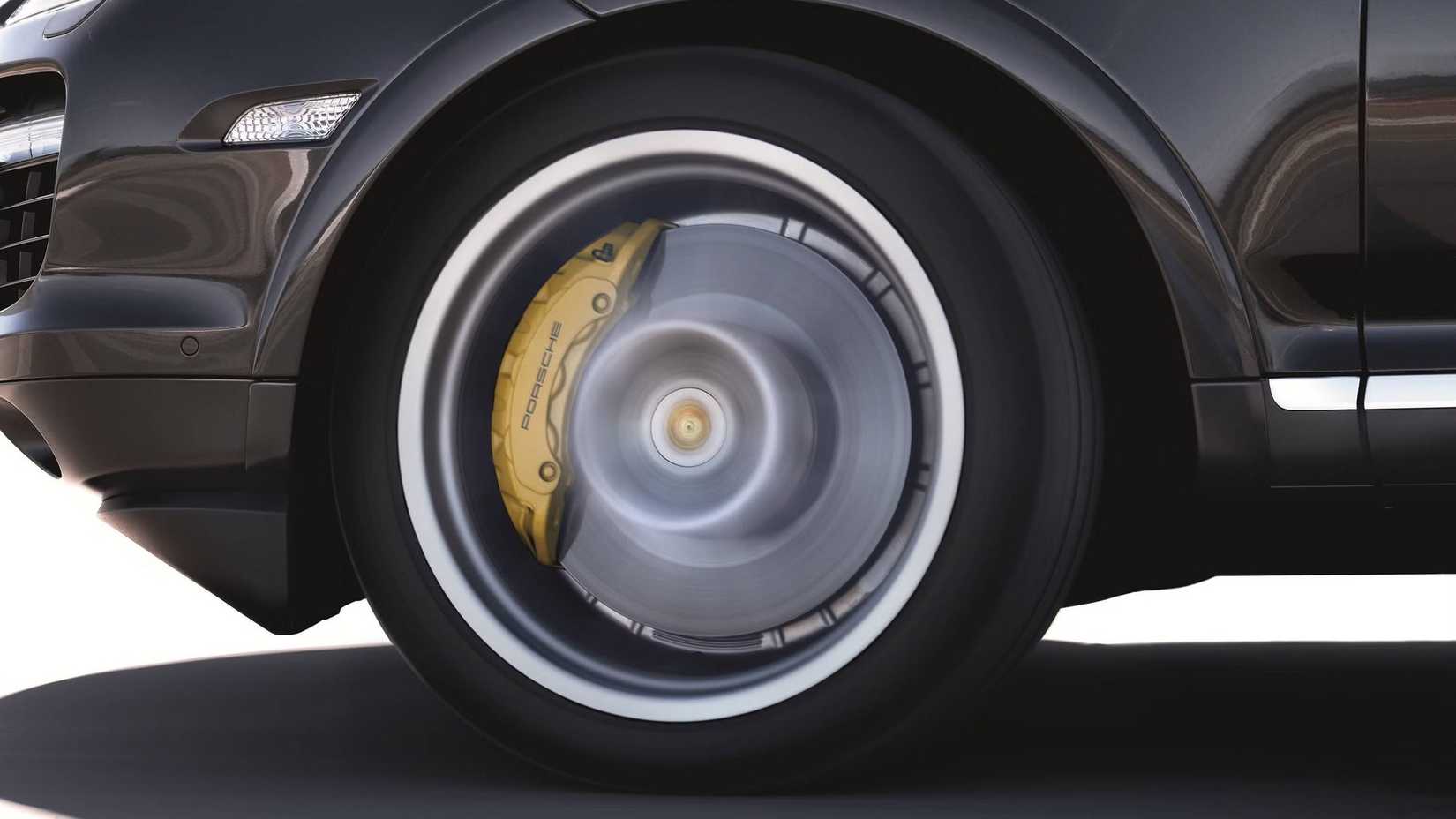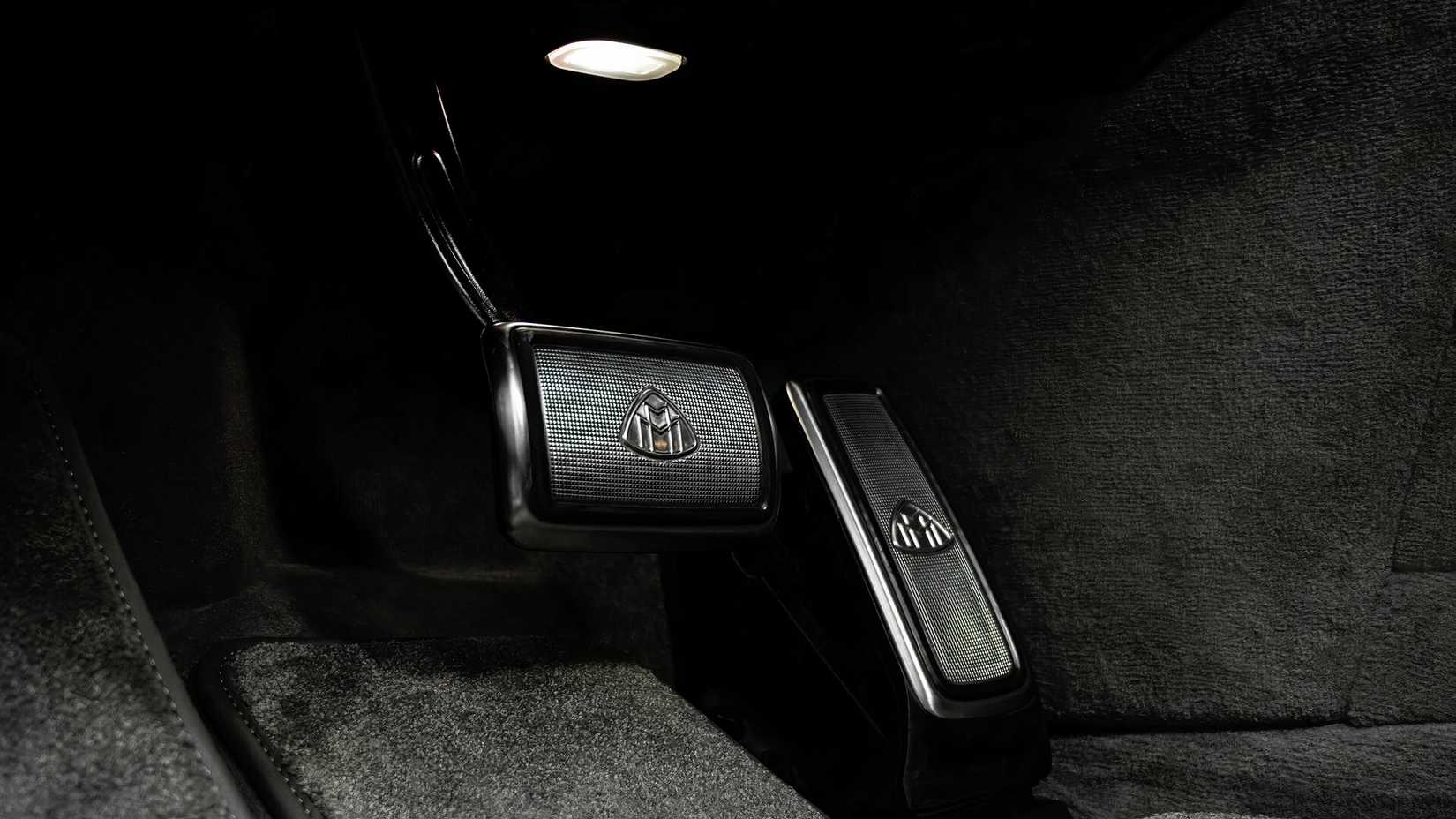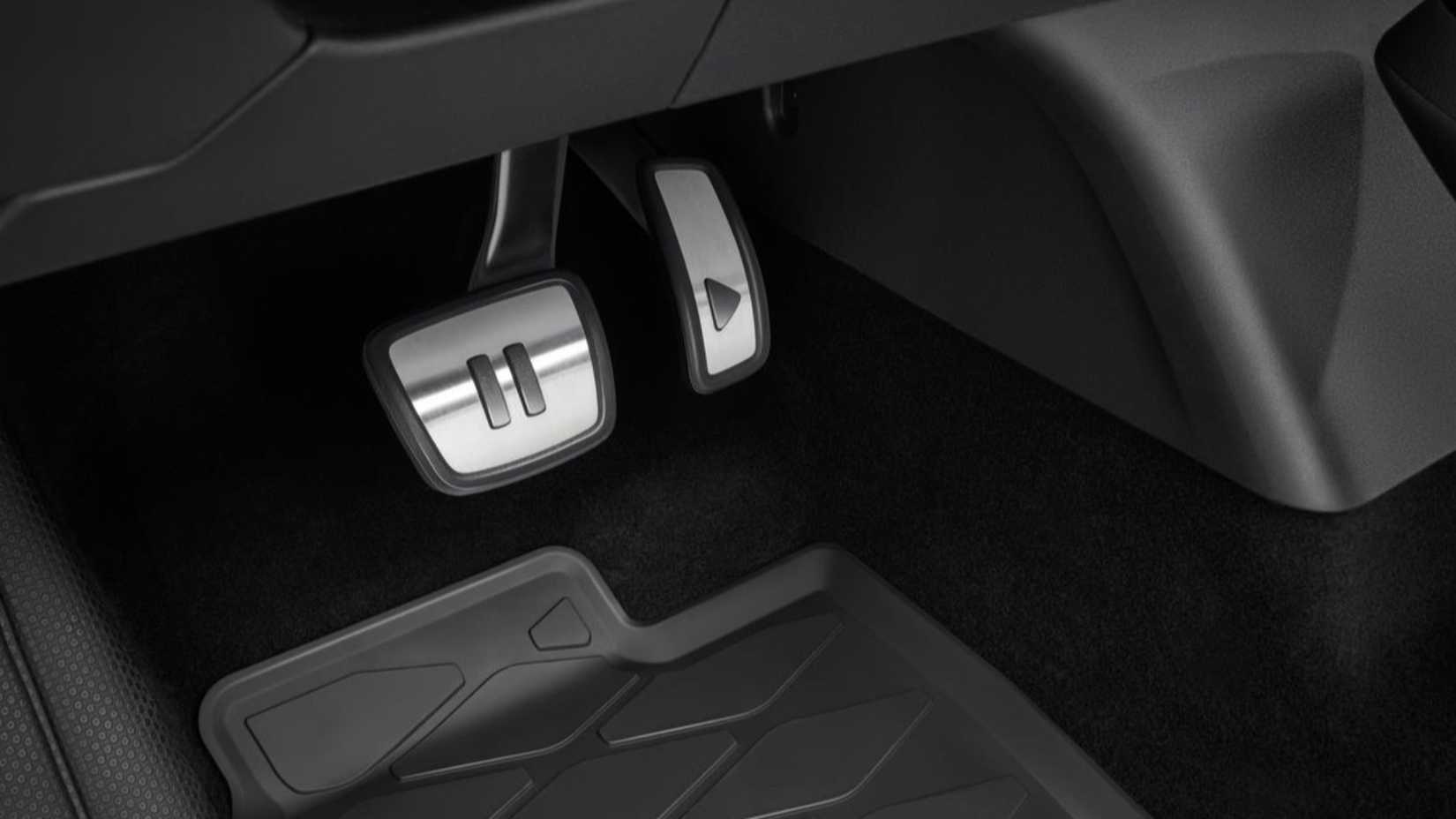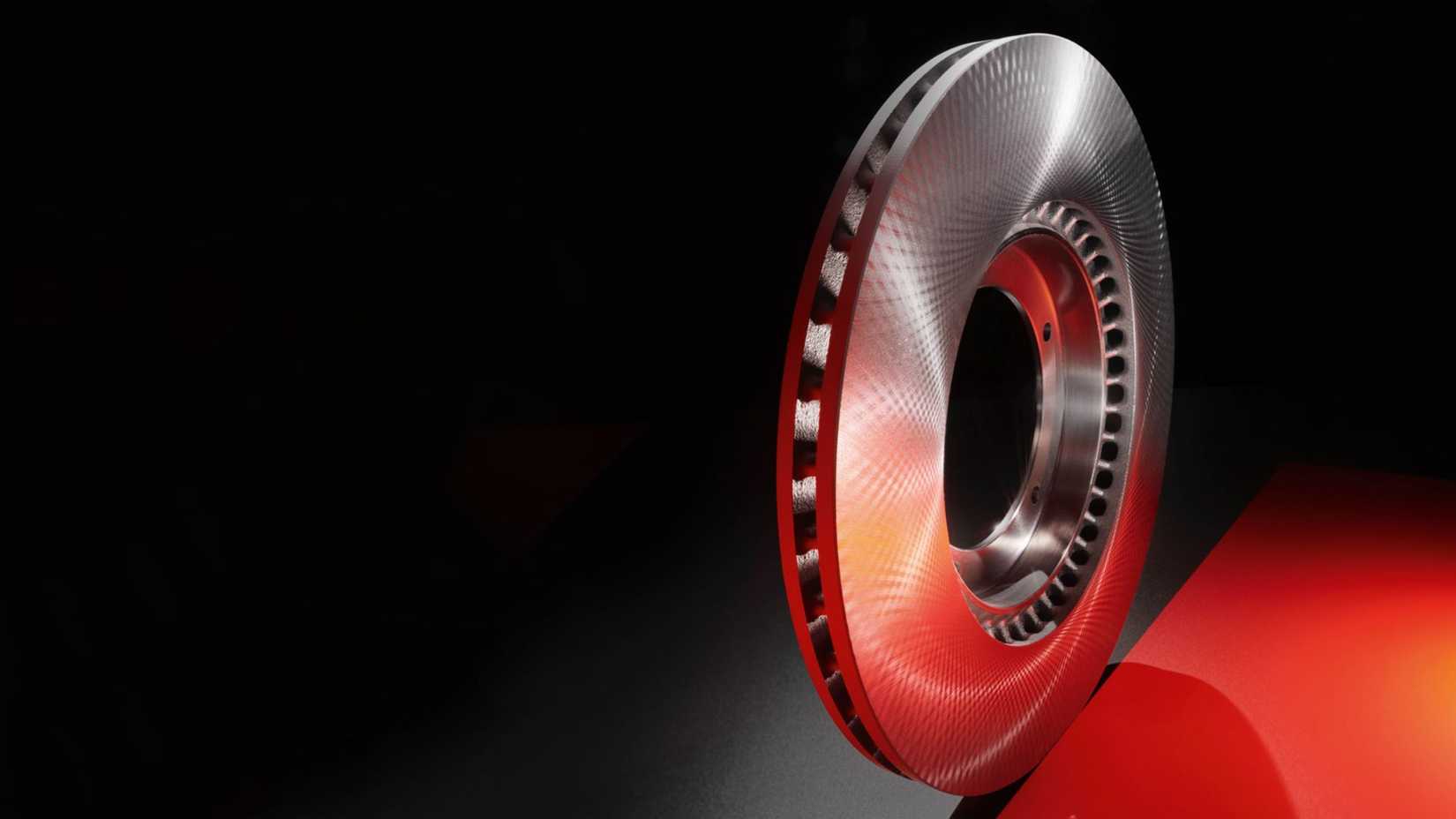You’ve probably been there — fresh brakes on your Toyota RAV4, and suddenly the pedal starts to shake every time you stop. You head back to the shop, and the mechanic shrugs, saying, “Your rotors are warped.” Next thing you know, they’re suggesting a polish or a full replacement. But hold on a second — are warped rotors actually real, or is that just a myth or possibility born from misunderstanding?
It’s one of those phrases tossed around so casually that it’s almost taken as fact. So, let’s clear the air. Can brake rotors truly warp under normal driving conditions, or is your car trying to tell you something else entirely? That pulsing pedal might not be caused by bending metal — it could be something simpler hiding beneath your right foot.
One thing’s certain: if your brakes start acting up, don’t ignore them. Vibrations, noises, or inconsistent braking are red flags. While this article helps you understand what might be happening, it’s not a substitute for a professional inspection. If anything feels off, get your brakes checked as soon as possible — your safety (and your peace of mind) depend on it.
The Basics: How Do Brakes Work?
Before diving into the “warped rotor” debate, it helps to understand how disc brakes do their job. Most modern vehicles rely on them, though you’ll still find some cars using drum brakes on the rear wheels.
Think of a brake rotor (or brake disc) as a metal plate attached to each wheel, spinning right along with it. When you press the brake pedal, your goal is simple — slow those discs down, which in turn slows the wheels and, of course, your car.
A typical disc brake setup has four main components:
- Brake discs (rotors)
- Brake pads
- Brake calipers
- Brake lines carrying hydraulic fluid
Here’s what happens when you hit the brakes: your foot pushes a piston inside the master cylinder, which forces hydraulic fluid through the brake lines. That pressure squeezes one or more pistons inside the caliper — picture a metal “C” hugging the edge of the disc. The brake pads, attached inside that “C,” press against both sides of the spinning rotor. Friction builds, the wheel slows, and the car obediently comes to a stop.
But that friction also creates heat — a lot of it. You might’ve seen race cars at Le Mans glowing cherry-red as they brake into a corner. While your daily driver won’t glow like a forge, the discs can easily exceed 500°F during repeated or heavy braking, especially on long downhill runs.
And here’s the catch: if brakes overheat, their performance drops. Fade sets in, and stopping power weakens — never a situation you want to discover on a steep mountain road. That’s why learning proper braking habits isn’t just a good idea; it’s a vital part of keeping you and your car safe.
What Is A Warped Brake Rotor?
Let’s clear something up right away — the idea of a brake rotor twisting or bending like a pretzel? That’s pretty much impossible under normal driving conditions. These discs are made from tough cast iron or steel, materials that can handle extreme stress and heat without physically “warping” in the way most people imagine.
So, what’s really going on when someone swears their brakes are warped? In most cases, the rotor surface has worn unevenly. Instead of being perfectly smooth, tiny high and low spots develop — sometimes just a few ten-thousandths of an inch apart (we’re talking around 0.0004 inches). Yet even that minuscule difference can make your brake pedal pulse like it’s sending Morse code through your foot.
That uneven feel tricks your senses into thinking the rotor itself has twisted. Hence the phrase “warped rotors.” It’s not that the metal has gone soft or bent; it’s simply wearing unevenly. But that raises the real question: how does a tough piece of steel end up with an uneven surface in the first place?
How Does A Warped Brake Rotor Happen?
There are plenty of explanations floating around for what people call “warped rotors,” but the most believable one starts with something surprisingly ordinary — the brake pad material itself.
Brand-new brake rotors are smooth and perfectly even. That’s great for balance, but not ideal for grip. During the first few stops with new pads, a thin layer of resin transfers from the pads to the rotors, helping them grab better. Over time, that transfer creates the perfect partnership between pad and disc — until things get hot.
Now, picture this: you’re descending a long hill, towing a trailer, or braking hard in traffic. Your brakes heat up fast. When you finally stop at a light, that glowing-hot pad presses against the rotor for a few seconds. The resin softens, leaving a tiny “print” of the pad on that section of the disc. That imprint becomes a slightly raised spot — small enough to measure in thousandths of an inch, but big enough to make your pedal thump with every rotation.
That’s the vibration most people mistake for a warped rotor.
Improper installation can also contribute to uneven wear. If a rotor isn’t seated flat or torqued evenly, certain areas might wear faster than others, exaggerating that pulsing sensation.
Heavier vehicles add to the challenge, too. More weight equals more braking force, and that can stress the discs further. Oddly enough, electric cars — despite being heavier — often have less trouble with this issue. Their regenerative braking systems take some of the load off the discs, giving the hardware an easier life.
What Are The Symptoms Of A Warped Rotor?
You’ll know pretty quickly when your brakes aren’t happy. A few telltale signs show up, and none of them should be ignored. The most obvious symptom is a pulsing or vibrating feeling in the brake pedal — almost like the car’s trying to tap out a rhythm with your foot. It might start subtly, but over time it becomes hard to miss.
You might also notice the steering wheel shaking when you slow down, especially from higher speeds. Sometimes, the whole car seems to shudder when you brake hard. In other cases, you’ll hear a faint scraping or grinding noise, even when you’re barely touching the pedal.
These symptoms often point to uneven rotor wear, but don’t assume that’s the whole story. The problem could also come from sticky calipers, worn suspension components, or uneven tire wear. If you notice any of these warning signs, don’t just crank up the music and hope it goes away — get a professional to take a look. Brakes aren’t something to gamble with.
Symptoms Of Warped Discs
Here’s how you can tell your brakes might be suffering from what feels like a “warped” rotor:
1. Vibrations
This is the biggest giveaway. If your brake pedal or steering wheel shakes when you slow down, that’s the uneven rotor surface making itself known. As the disc spins, the pads press unevenly, creating that rhythmic pulse you feel through your foot or hands.
2. Strange Noises
A whining, thumping, or even scraping sound can happen when the brake pad struggles to grip the rotor’s uneven surface. It’s like the pad is “hunting” for traction every time the wheel turns — not exactly the soundtrack you want while driving.
3. Sticky or Weak Calipers
When the rotor surface isn’t consistent, it forces the pads and calipers to work overtime. Over time, this extra stress can make the calipers stick or cause your braking power to drop off noticeably. If your car feels like it’s taking longer to stop, or if the brakes seem to drag even when your foot’s off the pedal, it’s time for an inspection.
Each of these symptoms is a red flag that something’s not quite right. Even if it turns out not to be rotor-related, it’s worth getting checked before those small annoyances turn into big repair bills.
How Can I Prevent Warped Brake Rotors?
There are a few ways to do this, and it’s especially important to do when the brake rotors are new.
Key Steps To Prevent Warped Discs
The good news is that avoiding uneven rotor wear isn’t rocket science. With a few simple habits, you can keep your brakes feeling smooth and responsive for years.
1. Don’t ride the brakes on long downhills
Keeping your foot planted on the pedal the whole way down a hill is a recipe for overheated rotors. Once they’re scorching hot and you come to a stop, there’s no airflow to cool them down. Instead, shift into a lower gear and let engine braking do most of the work. Your car — and your brakes — will thank you.
2. Give your brakes a breather after heavy use
After a long descent or a spirited drive, resist the urge to sit at a light with your foot on the brake. Doing so traps heat under one section of the pad, creating an uneven temperature pattern that can cause high spots. Pop the car into Park, gently apply the handbrake, or — if you’re on a slope — use wheel chocks. Track drivers do this all the time to keep their rotors cool and happy.
3. Bed in new pads properly
When you install new pads, take them through a few moderate slowdowns instead of one aggressive stop. This helps spread pad material evenly across the rotors. Once that’s done, cruise for a few minutes without braking to let everything cool. A proper break-in sets your brakes up for long, smooth service.
4. Choose quality components
Yes, good brakes cost money — but they’re worth every penny. Metallic or semi-metallic pads handle heat better, making them ideal for heavier cars or tougher driving conditions. Aftermarket parts can work great too, but do your homework and, if in doubt, talk to a qualified mechanic before buying. Saving a few dollars isn’t worth losing braking performance when you need it most.
How Much Is It To Repair Warped Rotors?
To give you a ballpark idea of what it costs to fix or replace your rotors, we looked up three popular cars on RepairPal. These estimates focus on the front brakes, since that’s where most of the stopping power happens — when you hit the brakes hard, the car’s weight shifts forward, putting extra strain on the front discs and pads.
Keep in mind that these numbers are just rough averages and can vary depending on where you live, your mechanic’s labor rates, and whether you choose original or aftermarket parts. Still, this comparison should give you a general sense of what to expect when budgeting for new rotors and pads.
| Brake Replacement Costs | ||
|---|---|---|
| Brake Rotors (Front) | Brake Rotors & Pads (Front) | |
| 2025 Toyota RAV4 | $400-$600 | $550-$750 |
| 2025 Ford F-150 | $500-$750 | $600-$800 |
| 2025 Honda Civic Type R | $1,200-$1,300 | $1,800-$1,900 |
Looking at the estimates, the Toyota RAV4 — a practical, budget-friendly SUV — proves that replacing brake pads and rotors doesn’t have to drain your wallet. In contrast, performance cars like the Honda Civic Type R come with beefier, track-ready brakes that can handle serious punishment. Naturally, those bigger, high-performance parts cost more.
For the RAV4, the total bill usually splits evenly between parts and labor — roughly 50/50. The Civic Type R, however, flips that ratio on its head: around 90% of the cost comes from parts alone, with labor making up a small slice of the total. That’s the price you pay for speed and stopping power.
If your rotors aren’t too far gone, resurfacing them might be an option. This involves machining off a thin surface layer to smooth out imperfections. AutoZone lists this service between $15 and $40 per rotor, which can be tempting — but it’s not a guaranteed fix. If the problem comes back or the rotors are already too thin, replacement is the safer route.
And just a quick word of caution: while swapping rotors and pads isn’t the most complicated job for a seasoned DIYer, polishing or machining brakes at home isn’t recommended. Unless you’ve got the proper tools and know-how, it’s best left to a professional with the right equipment (and a lift that won’t drop your car on your toes).
So, Is Rotor Warping A Myth Or Real?
Let’s set the record straight: the term “brake warping” is a bit misleading. Modern rotors are made from strong metals designed to handle heat and pressure, so the discs themselves rarely twist or bend. What you’re likely experiencing is an uneven rotor surface, which is enough to make your pedal pulse but isn’t technically warping. In fact, the differences can be so small — mere thousandths of an inch — that you probably wouldn’t notice them just by looking.
If you start feeling these symptoms — vibrations, unusual noises, or reduced braking performance — don’t wait it out. Getting your brakes checked by a professional sooner rather than later can prevent excessive wear and keep your pads working effectively.
For drivers who frequently tow, drive aggressively, or hit the track, aftermarket brakes can be a smart investment. These are built to withstand higher temperatures and heavier use, reducing the risk of excessive heat buildup that can turn even the best brakes into ineffective, glowing-hot paperweights.
FAQ’s
1. Is it bad if my rotors are warped?
Yes, driving with warped rotors can cause vibrations, uneven braking, and reduced stopping power. While small imperfections aren’t immediately dangerous, persistent warping should be addressed to maintain safe braking.
2. Why don’t mechanics turn rotors anymore?
Most modern rotors are thinner and made with high-strength materials, making turning (resurfacing) less effective. Replacement is often safer and more cost-effective than trying to turn them down.
3. Can you visually tell if rotors are warped?
Not always. Small warps are hard to see with the naked eye. A mechanic usually uses a dial indicator or feels vibration when braking to detect warping accurately.
4. How long should rotors last before warping?
Rotor lifespan varies by driving style, vehicle type, and rotor quality. Typically, rotors last between 30,000 to 70,000 miles before showing signs of wear or warping.
5. What is the 30/30/30 rule for brakes?
This rule suggests stopping for 30 seconds after heavy braking, allowing the brake system to cool for 30 seconds, repeated for 30 minutes if driving in demanding conditions. It helps prevent overheating and rotor warping.
6. How do you prevent rotor warping?
Avoid heavy braking when the rotors are hot, use high-quality rotors, and replace pads before they wear too thin. Also, make sure your brake system is properly maintained.
7. What is the average lifespan of a brake rotor?
On average, rotors last 30,000–70,000 miles. High-performance or heavy-duty rotors may last longer, while daily city driving with frequent braking can shorten lifespan.
8. Is it better to turn rotors or replace them?
For most modern vehicles, replacing rotors is recommended. Turning rotors is only viable if they are thick enough and not worn beyond limits. Replacement ensures safety and performance.
9. Will turning fix warped rotors?
Minor warping can sometimes be corrected by turning, but it’s a temporary fix. Severe warping or rotors that are too thin cannot be safely resurfaced.
10. What does a warped rotor feel like while driving?
You’ll usually feel vibration in the brake pedal or steering wheel, pulsating brakes, or uneven stopping. The severity depends on the amount of warp.
11. How much does it cost to fix warped rotors?
Fixing rotors can range from $150 to $400 per axle, depending on the vehicle and whether you replace or resurface them. Labor and rotor quality affect the price.
12. Can a bad wheel bearing cause warped rotors?
Yes, a failing wheel bearing can cause uneven rotor contact, vibration, and ultimately appear as rotor warping, even if the rotor itself is fine.
13. Which is a main cause of warped rotors?
Excessive heat from hard braking, uneven pad contact, or using rotors that are too thin are the most common causes of warping.
14. Is it bad to keep driving with warped rotors?
It’s not immediately dangerous, but long-term driving can worsen braking performance, increase wear on pads, and potentially lead to brake system damage.
15. Do high carbon rotors warp?
High carbon rotors resist heat and are less prone to warping than standard cast iron, but extreme conditions can still cause warping.
16. Why doesn’t anyone turn rotors anymore?
Modern rotors are designed for replacement, not resurfacing. Turning can make them too thin and unsafe, so replacement is preferred.
17. Why don’t mechanics resurface rotors?
Mechanics usually avoid resurfacing because rotors are thinner, high-strength, and replacing them ensures consistent performance and safety.
18. How to flatten a rotor?
Flattening, or resurfacing, is done with a lathe machine by a professional. However, most modern rotors are replaced instead of resurfaced to maintain safety.
19. What happens if you don’t change warped rotors?
Continued driving can lead to vibrations, poor braking, uneven pad wear, and potential damage to other brake components.
20. Are Brembo rotors high carbon?
Yes, most Brembo performance rotors are high carbon, which improves heat resistance, reduces warping, and enhances braking performance.
21. Is cast iron good for brake rotors?
Yes, cast iron is widely used because it handles heat well and is durable. High carbon variants further reduce warping and improve longevity.
22. Why floating rotors?
Floating rotors have separate centers and friction rings, allowing expansion under heat without warping, improving performance and brake life.
23. Is it better to resurface or replace rotors?
Replacing is usually better. Resurfacing only works if the rotor is thick enough and not excessively worn. Replacement ensures consistent braking and safety.
24. Can you unwarp a disc?
Minor warps can sometimes be corrected by resurfacing, but severe warps usually require replacement. There’s no simple “unwarp” fix for modern rotors.
25. Are G coated rotors better?
G-coated (or similar coatings) rotors resist corrosion and heat better, extending life and maintaining braking performance.
26. Can rotors be sold as scrap metal?
Yes, old rotors can be sold as scrap, usually by weight, since they’re made from valuable metals like cast iron or steel.
27. Which rotors last the longest?
High carbon, performance-grade, or heavy-duty rotors last the longest. Proper maintenance and moderate driving also extend lifespan.
28. What’s the highest paying scrap metal?
Copper, brass, and aluminum usually pay the highest per pound. Cast iron from rotors has lower value but can still earn some cash.
29. What will scrap men not take?
Scrap dealers often won’t take hazardous materials, items with excessive oil/grease, or non-metal parts like plastics or composites.
30. How much money are rotors?
Scrap rotors are usually valued by weight, typically a few dollars per rotor, depending on local scrap metal prices.






